
Adobe Substance 3D Designer’s version 15.0, has redefined the landscape of material creation with its cutting-edge real-time renderer. This powerful feature introduces dynamic shadows, translucency, and displacement to material previews, delivering near-final render quality directly within the viewport. For artists in game development, visual effects (VFX), and 3D design, this advancement streamlines workflows, boosts creative precision, and slashes iteration times. Here’s how their RTR levels up the builder.
Bridging the Preview-to-Final Gap
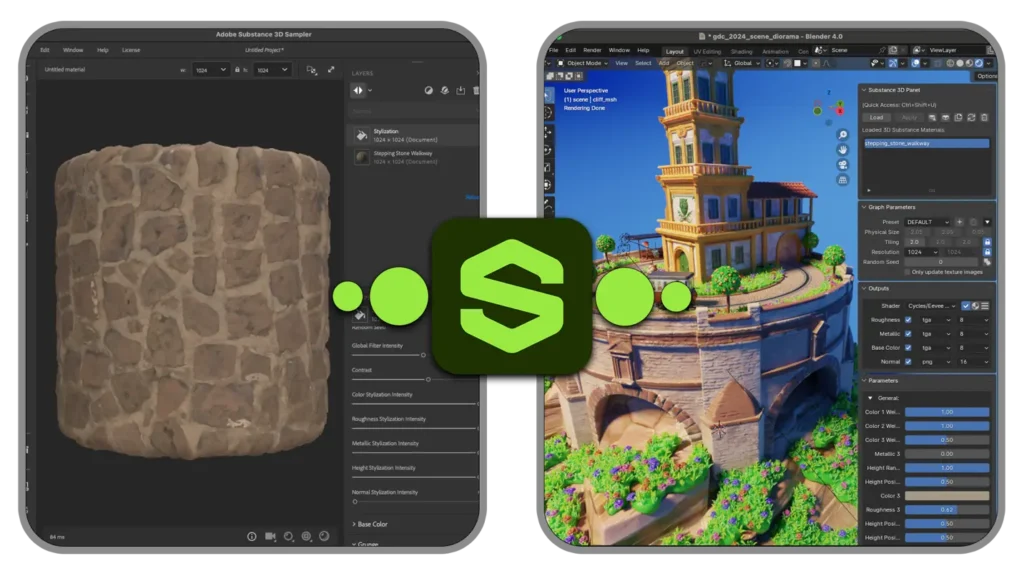
Traditional material creation workflows often suffered from a disconnect: what artists saw in their design software rarely matched the final output in game engines or rendering platforms. This mismatch forced countless rounds of tweaking and exporting, eating up valuable time. The new real-time renderer in Substance 3D Designer eliminates this pain point by offering previews that closely mirror the final product. Dynamic shadows add depth and realism, translucency brings lifelike qualities to materials like glass, foliage, or skin, and displacement enables intricate surface details—all rendered instantly in the viewport.
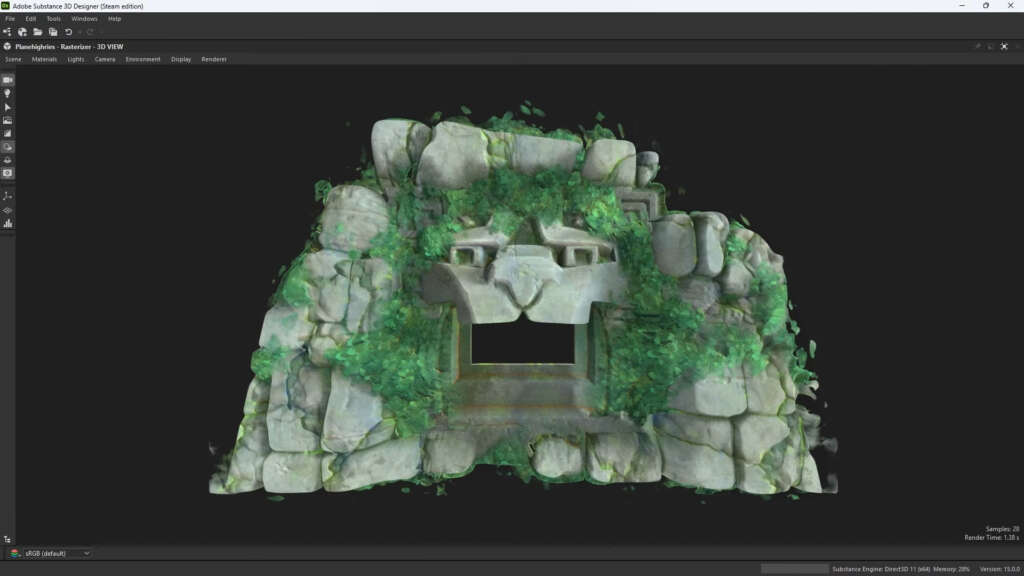
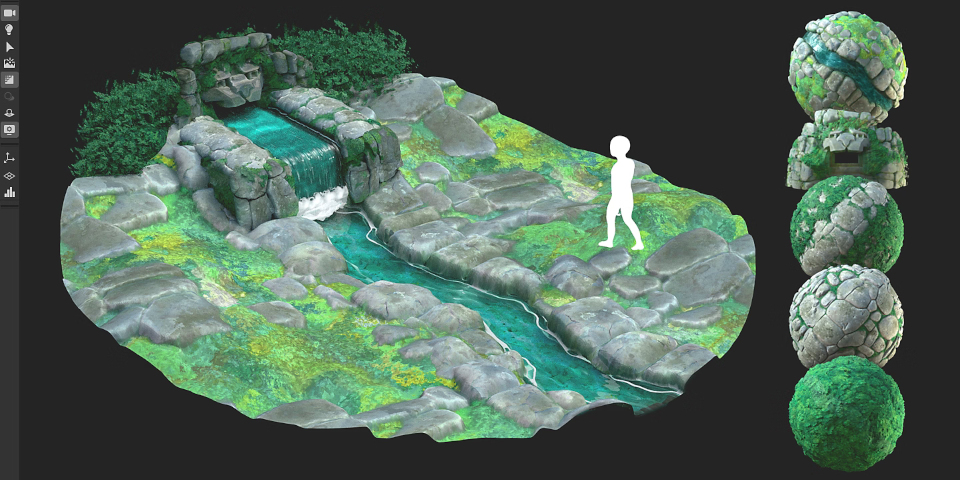
This fidelity empowers artists to make informed decisions without relying on external tools. “The renderer has cut our iteration cycles in half,” says Maya Chen, a lead texture artist at a mid-sized game studio. “We can perfect materials in Designer and trust they’ll look the same in Unreal Engine or Unity.”
Enhancing Creativity with Post-Processing Power
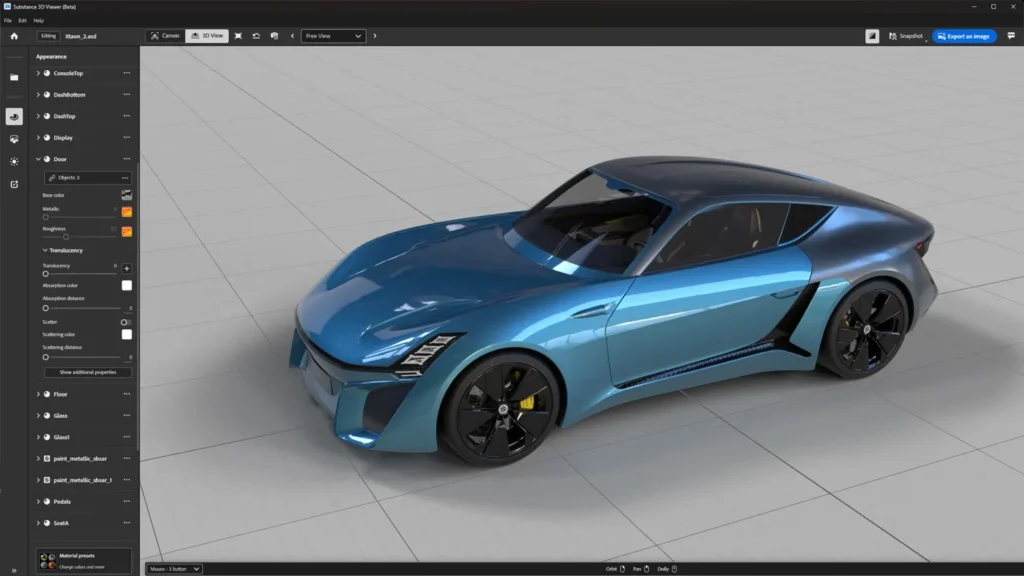
Beyond accurate previews, version 15.0 integrates built-in post-processing effects directly into the viewport, a feature previously reserved for external renderers. Artists can now apply professional-grade polish—such as color grading, bloom, or depth-of-field effects—while designing materials. This seamless integration means creators can visualise their work in context, ensuring the material’s aesthetic aligns with the project’s vision from the start.
For VFX artists working on cinematic sequences or game developers crafting immersive environments, these tools elevate efficiency and creativity. “I used to export to another app just to test post-processing,” notes indie developer Liam Torres. “Now, I can experiment with effects right in Designer, saving hours on every project.”
A Workflow Win for Studios and Freelancers
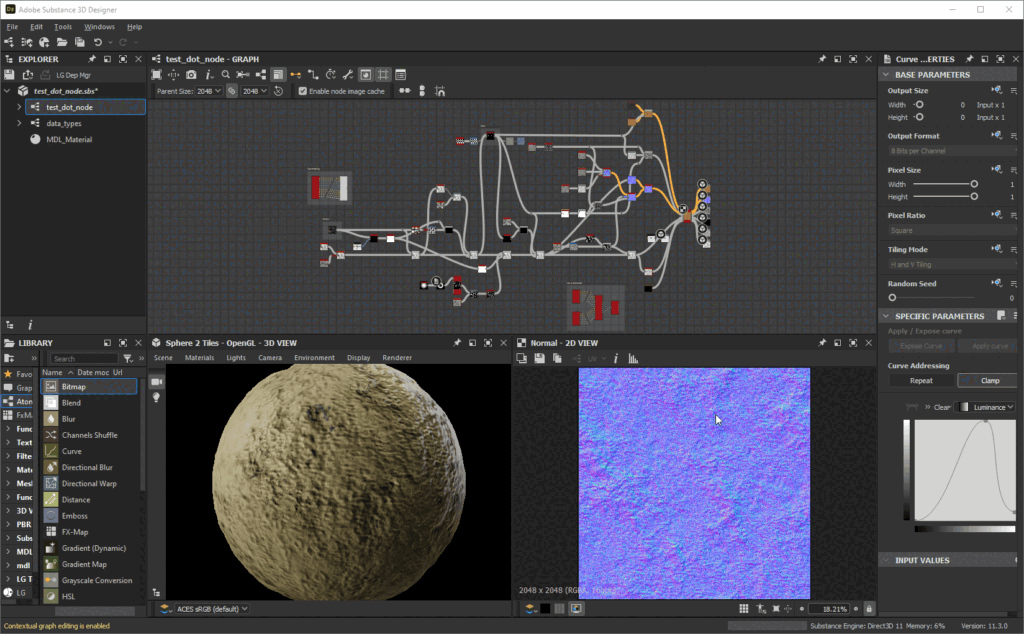
The real-time renderer’s impact extends across all scales of production, from solo freelancers to AAA studios. Its performance optimisations ensure smooth handling of complex node-based workflows, even on intricate projects.
By reducing the need for constant exports and engine tests, the renderer saves time and computational resources, making it a cost-effective solution for teams of any size.

Available through the Substance 3D Texturing plan ($19.99/month), the Collection plan ($59.99/month), or a $199.99 perpetual license on Steam, this update makes Designer accessible to a wide range of creators. The renderer’s compatibility with industry-standard engines like Unreal and Unity further cements its place in modern 3D pipelines.
The Future of Material Design
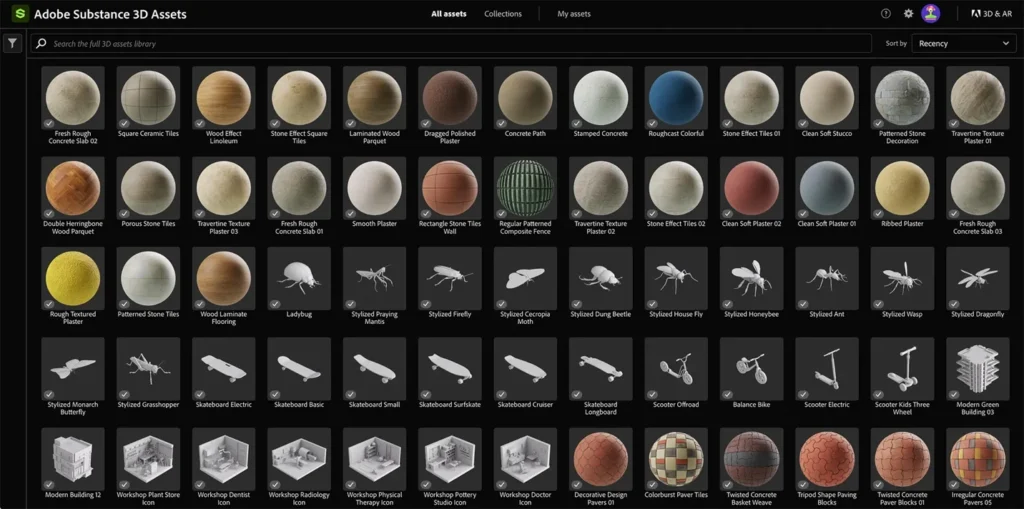
Adobe’s real-time renderer isn’t just a technical upgrade—it’s a paradigm shift for procedural material creation. By empowering artists to iterate faster, experiment freely, and achieve high-fidelity results within a single tool, Substance 3D Designer is setting a new standard for efficiency and quality. As studios and independents adopt version 15.0, the renderer is poised to become a cornerstone of next-generation 3D workflows.
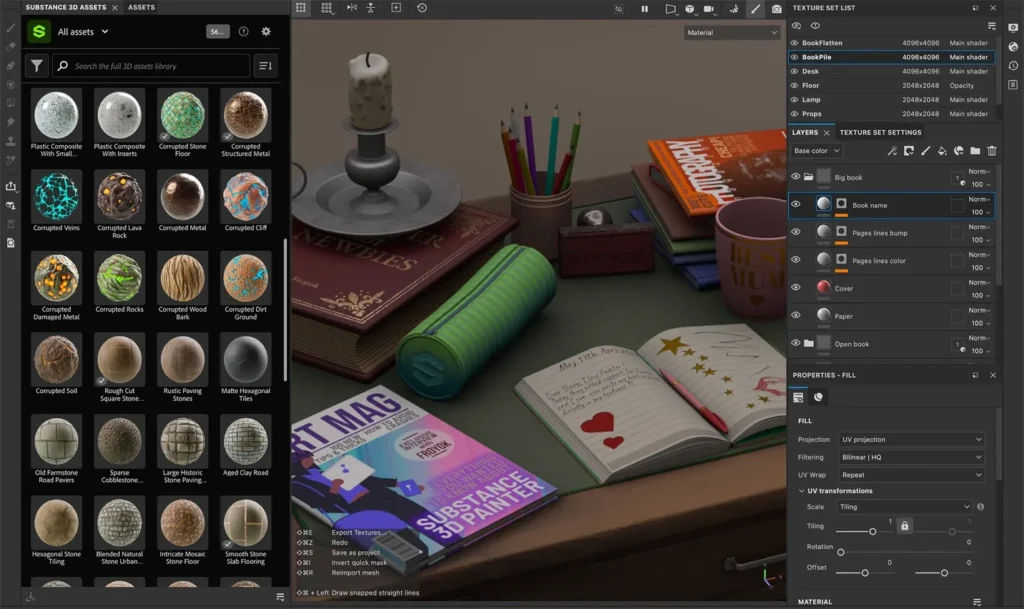
For a deeper dive into the real-time renderer’s capabilities, explore Adobe’s official release notes or check out hands-on tutorials on YouTube. Whether you’re crafting textures for the next blockbuster game or a short animated film, this tool is revolutionising how materials come to life.
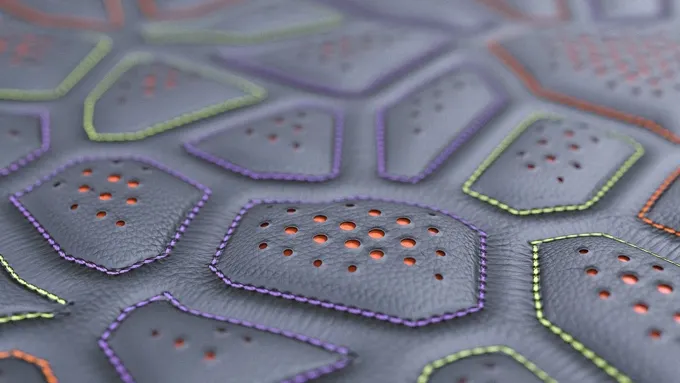





Leave a Comment